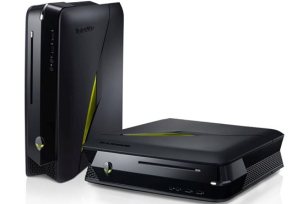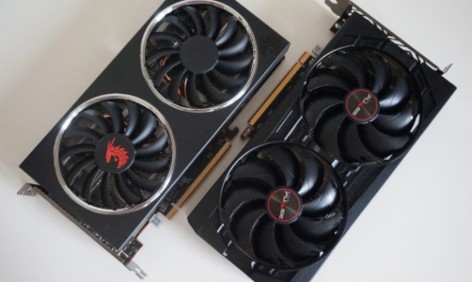Sandy Bridge – the successor to Nehalam, Intel’s previous processor micro-architecture – is the codename for the second generation of the company’s Core I range of microprocessors. The processor is available in D1 and D2 stepping, which indicates that the new CPU adds several new features, rather than just minor design improvements. Even though Sandy Bridge supports DirectX 10.1 and not DirectX 11, it promises major architectural improvements and OpenGL 3.0, which means improved three-dimensional graphics and multimedia quality. Moreover, according to some reports the processor also features built-in support for the streaming of high-definition Web content. This feature is controversial at the moment, and it is unclear as to how the chip implements it. So far, media corporations have showed their mistrust towards the feature; however, critics have called it a hardware-level implementation if digital rights management (DRM).
The flaw
On January 31, 2011, Intel announced that an error had been discovered in the Cougar Point chipsets that powered the motherboards in Sandy Bridge micro-processors. The flaw would have affected SATA ports numbered 2 through 5 (which support 3Gbps operation), degrading their performance over time, and eventually causing them to fail. Following the discovery of the problem, Intel halted its shipments and issued a recall. The flaw in the Cougar Point chipsets was the result of a transistor that was a “remnant of an earlier design”, and was no longer required in the current chipset.
The news of the flaw came as a shock for motherboard manufacturers and retailers, not only because their sales would suffer, but also because they would have to arrange for replacements. For motherboard manufacturers, however, the problem could be worse. If customers demand a replacement, the motherboard manufacturers would have no alternative chipset, as Intel manufactures both the processors as well as the chipsets.
The repercussions
Considering the fact that Intel dominates the microchip market (hence the moniker, Chipzilla), and that the new chips will be unavailable for at least a month, the interval could create a vacuum. The absence of Intel’s second generation is a blessing in disguise for AMD, which can capitalize on this opportunity to push its new rang of CPUs and Accelerated Processing Units (APUs) into the market.
Final word
The incident was embarrassing and loss-inching for Intel, as the product’s premiere turned into a nightmare. Nevertheless, Intel managed to avert an even bigger credibility disaster, by taking the right decision, upon the detection of the flaw. Latest information suggests that Intel is working on fixing the chipset flaw, and the replacements have been issued. These decisions will definitely bring back its valuable customers.


